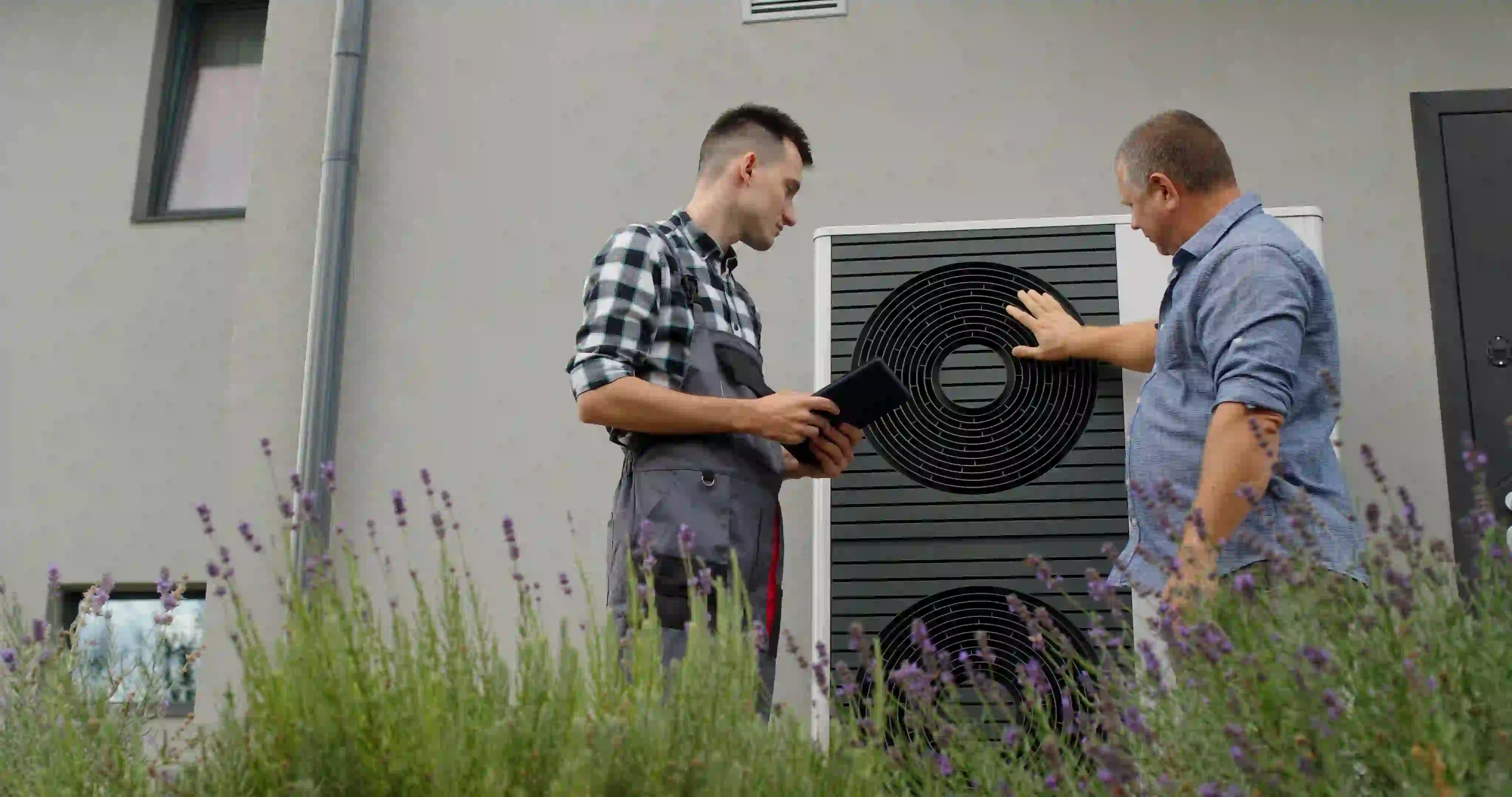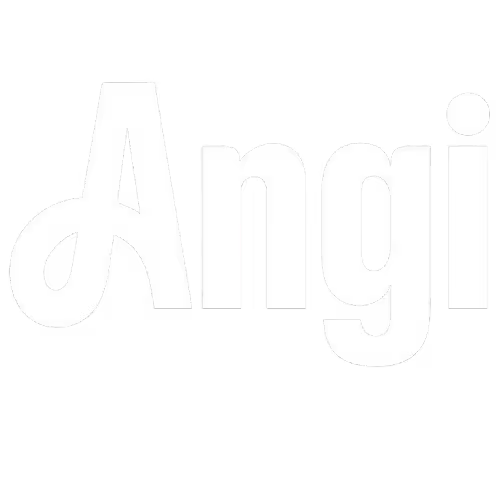Understanding Comprehensive Heat Pump Installation for Your Home
Heat pumps are increasingly recognized as a cornerstone of modern, energy-efficient home comfort systems, offering both heating and cooling from a single, versatile unit. For homeowners considering an upgrade or a new installation, understanding the intricacies of the heat pump installation process is crucial. It’s not merely about placing a unit; it involves precise planning, expert execution, and thorough testing to ensure optimal performance and long-term savings. Stafford Home Service specializes in delivering seamless and efficient heat pump installations, designed to provide your residence with reliable climate control throughout the year.
This detailed guide will walk you through every aspect of a professional heat pump installation, from the initial assessment to the final system check, ensuring you are well-informed about the journey towards enhanced home comfort and energy efficiency.
Selecting the Right Heat Pump System
The first critical step in any heat pump installation is choosing the appropriate system for your specific needs. There isn't a one-size-fits-all solution, as factors like your home's size, insulation levels, local climate, and existing ductwork all play a significant role. Stafford Home Service experts begin with a thorough evaluation to recommend the ideal heat pump type.

Key considerations include:
- Air-Source Heat Pumps: These are the most common type, transferring heat between your home and the outside air. They are versatile and cost-effective for many climates.
- Geothermal Heat Pumps: These systems tap into the stable temperatures of the earth, offering exceptional efficiency and lower operating costs, though with a higher initial investment.
- Ductless Mini-Split Heat Pumps: Ideal for homes without existing ductwork or for additions, these provide zone-specific heating and cooling, offering flexibility and targeted comfort.
- System Sizing: Over- or undersized units lead to inefficiencies and discomfort. Proper load calculation ensures the heat pump can effectively heat and cool your home without excessive cycling or continuous operation. This involves assessing square footage, ceiling height, window types, and insulation quality.
- Energy Efficiency Ratings (SEER2, HSPF2, EER2): Understanding these ratings helps determine the long-term operational costs and environmental impact of your chosen system. Higher ratings generally mean greater efficiency and savings.
Our team will guide you through the options, explaining the benefits of each and helping you make an informed decision that aligns with your budget and comfort goals.
Meticulous Pre-Installation Preparation
A successful heat pump installation hinges on meticulous preparation. Before any equipment is brought on-site, a series of preparatory steps are undertaken to ensure a smooth and compliant process.
These steps typically include:
- Site Assessment and Planning: A detailed survey of your property is conducted to identify the best locations for the outdoor and indoor units, considering factors like noise, aesthetics, sun exposure, and airflow. Existing electrical and plumbing infrastructures are also evaluated.
- Load Calculation Verification: While initial sizing determines the unit, a final load calculation confirms the precise heating and cooling requirements for your home, factoring in any unique architectural elements or heat loss/gain characteristics.
- Permits and Regulations: Adhering to local building codes and obtaining necessary permits is a non-negotiable part of the process. Stafford Home Service handles all required paperwork, ensuring your installation meets all regulatory standards.
- Equipment Delivery and Staging: Once the heat pump system is selected, all components – including the outdoor condenser, indoor air handler, refrigerant lines, and electrical supplies – are carefully delivered and staged for efficient installation.
- Ductwork Inspection and Modification (if applicable): For ducted systems, existing ductwork is inspected for leaks, blockages, or inadequacies. Any necessary repairs, sealing, or modifications are performed to ensure proper airflow and system efficiency.
This comprehensive preparation minimizes surprises during the installation phase and sets the foundation for a high-performing heat pump system.
The Professional Heat Pump Installation Process
The actual installation of a heat pump is a multi-step process that requires specialized tools, technical expertise, and adherence to manufacturer specifications. Our certified technicians follow a methodical approach to ensure every component is installed correctly and safely.
The core steps include:
- Mounting the Outdoor Unit (Condenser): The outdoor unit is carefully placed on a level pad, typically concrete or a specialized composite, to ensure stability and proper drainage. It’s positioned away from direct sunlight, obstructions, and areas where noise might be a concern.
- Installing the Indoor Unit (Air Handler/Evaporator Coil): The indoor unit, which may be an air handler or an evaporator coil integrated into an existing furnace, is mounted in its designated location (e.g., attic, basement, utility closet). For ductless systems, wall-mounted units are precisely positioned.
- Connecting Refrigerant Lines: Copper refrigerant lines are carefully run between the indoor and outdoor units. These lines are crucial for the transfer of heat and must be correctly sized, insulated, and sealed to prevent leaks and ensure efficient operation.
- Electrical Wiring and Connections: Dedicated electrical circuits are installed and connected to both the indoor and outdoor units, adhering to all electrical safety codes. A thermostat, the control center of your system, is also wired and installed.
- Condensate Drain Line Installation: As the heat pump cools, it removes humidity from the air, producing condensate. A drain line is installed to safely channel this water away from the indoor unit, preventing potential water damage.
- Ductwork Integration (for ducted systems): For systems utilizing ducts, the indoor unit is securely connected to the existing or new ductwork, ensuring airtight seals for optimal airflow. Any necessary modifications or enhancements to the duct system are completed.
- System Evacuation and Charging: Before charging the system with refrigerant, the lines are thoroughly evacuated using a vacuum pump to remove all air and moisture. This critical step prevents contaminants from damaging the system. The heat pump is then charged with the precise amount of refrigerant as specified by the manufacturer.
- System Testing and Commissioning: Once all connections are made, the heat pump undergoes rigorous testing. This includes checking refrigerant pressures, airflow, electrical connections, and the proper operation of all components in both heating and cooling modes.
Post-Installation: Ensuring Peak Performance and Longevity
After the physical installation is complete, our commitment to your comfort continues with post-installation procedures designed to confirm optimal performance and longevity.
- System Startup and Calibration: The heat pump is powered on, and the thermostat is calibrated to ensure accurate temperature control and responsiveness.
- Performance Verification: Our technicians measure various system parameters to confirm that the heat pump is operating at its peak efficiency and delivering the expected heating and cooling capacity.
- Homeowner Walkthrough: A comprehensive walkthrough is provided, explaining how to operate your new heat pump system, adjust thermostat settings, and understand basic maintenance requirements. We answer any questions you may have about your new system.
- Maintenance Recommendations: To maximize the lifespan and efficiency of your heat pump, regular maintenance is essential. We provide guidance on routine filter changes, seasonal check-ups, and the benefits of a preventative maintenance plan.
The Benefits of Professional Heat Pump Installation
Choosing a professional for your heat pump installation offers numerous advantages beyond mere convenience. Experts ensure:
- Optimal Efficiency: Correct sizing and installation are paramount for achieving the advertised energy efficiency ratings, translating into lower utility bills.
- Enhanced Comfort: A properly installed system provides consistent temperatures throughout your home, eliminating hot and cold spots.
- Extended Lifespan: Professional installation minimizes wear and tear on components, prolonging the life of your heat pump and protecting your investment.
- Safety and Compliance: Adherence to safety codes and manufacturer guidelines prevents potential hazards and ensures your system operates safely.
- Warranty Protection: Most manufacturers require professional installation to validate their warranties, safeguarding you against future repair costs.
Experience the Stafford Home Service Difference
Trust Stafford Home Service for professional Heat Pump Installation in Minneapolis, MN that keeps your home efficient in every season. Our expert Our Team provides seamless setup for lasting performance. Save with Rebates & Tax Credits, explore Financing, and ensure peace of mind through Service Agreements. Learn more About Us to see why locals trust us. With glowing Reviews, we’ve built a reputation for excellence. Don’t wait—Contact Stafford Home Service today to schedule your heat pump installation and enjoy reliable comfort year-round!
Maintenance plan
Our premium maintenance plans start at just $216 annually, providing regular tune-ups, priority scheduling, and comprehensive protection to keep your systems running efficiently year-round.
Customer Testimonials
Our customers consistently praise our knowledgeable technicians, prompt service, and the lasting quality of the work we deliver.






